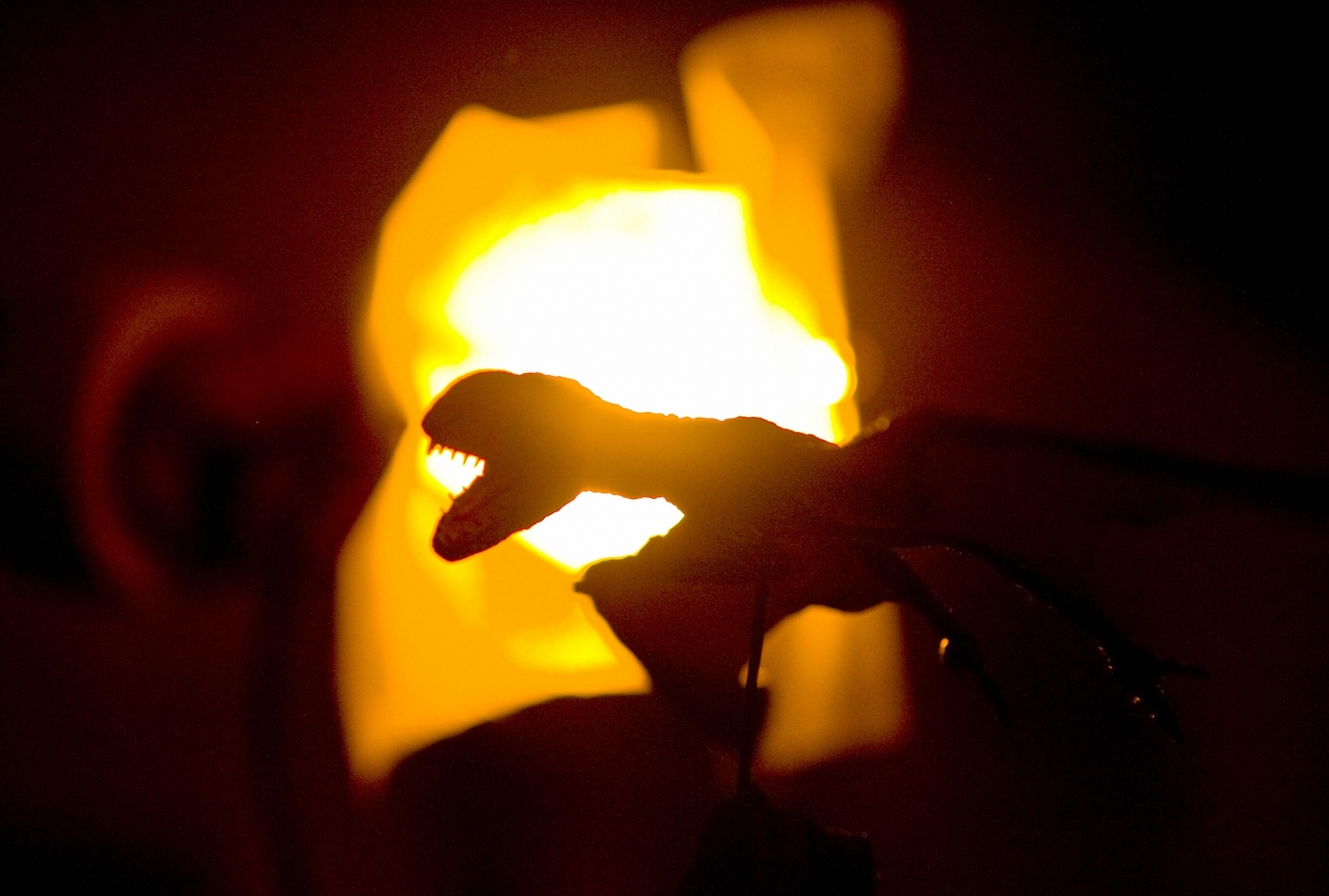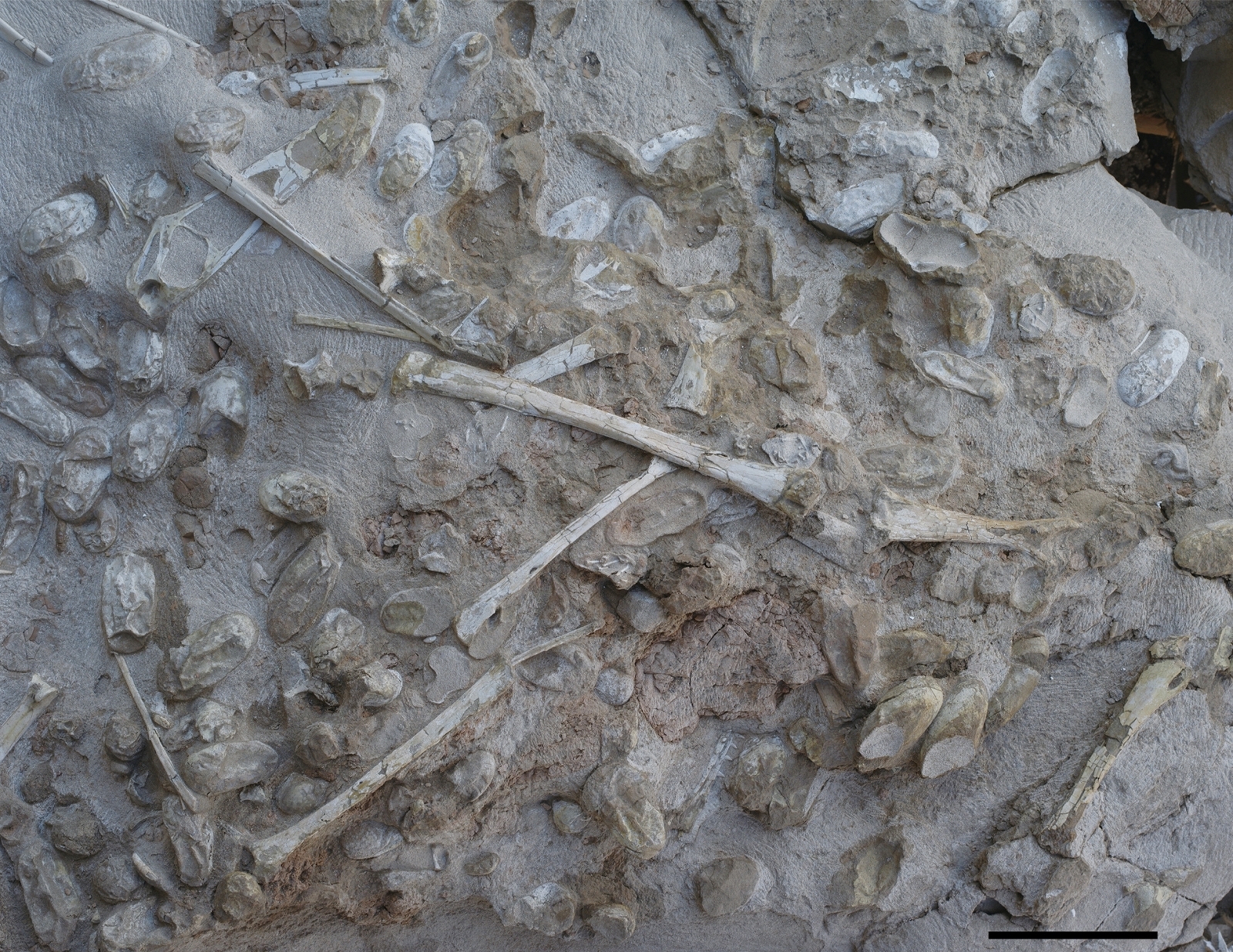Pterosaurs Eden: 215 fossilised eggs of ancient flying reptiles found in record-breaking discovery
The record-breaking, massive archaeological haul was unearthed in the Gobi desert in China.




A record-breaking archaeological discovery has just been made. Over 200 stunningly well-preserved fossilised eggs of ancient winged reptiles, considered to be the flying cousins of dinosaurs, were discovered in the Gobi desert in China.
The massive archaeological haul contains at least 215 eggs likely laid millions of years ago by the ancient flying creatures – pterosaurs. Alongside the fossilised eggs, archaeologists also found skeletons of what is believed to be pterosaurs hatchlings and young adults. Some of the fossilised eggs contain incredibly well-preserved pterosaurs embryos.
National Geographic reported that the fossilised eggs belong to a pterosaurs species called Hamipterus tianshanensis that lorded the skies over a hundred million years ago. Although the existence of pterosaurs was known to scientists, only around eight such eggs have previously been found by palaeontologists.
According to Xiaolin Wang of the Chinese Academy of Sciences, the lead author of the research, which has been published in the journal Science, the haul may contain more than 215 fossilised eggs. As many as 300 eggs are estimated to have been included in the find, some buried under the now exposed fossils. Wang and his team also found 16 embryos and believe that more may be found.
"The site is in the Gobi desert, and there are strong winds, a lot of sand, with few plants and animals," the study co-author Shunxing Jiang of the Chinese Academy of Sciences said, National Geographic reported. "However, when Hamipterus lived, the environment [was] much better — we call it Pterosaur Eden."
"This is by far the most exciting discovery that I know of," said Alexander Kellner, co-author of the new study and paleontologist at the National Museum of the Federal University of Rio de Janeiro in Brazil, the Washington Post reported.
According to Kellner, the embryos within the fossilised eggs reportedly reveal that the hind legs of a baby Hamipterus grew more quickly than other parts, such as the humerus bone, required for the reptile to take flight.
"Some birds can fly on the same day they break out from the egg, while some others will need a long period of parental care. Our conclusion is that a baby Hamipterus can walk but can't fly," the Guardian reported Jiang as saying.
"We could look at the bones and see what features characterize an embryo, a hatchling, and a young individual when he's matured," the study's co-author Juliana Sayão, a bone-structure expert at the Federal University of Rio de Janeiro said, National Geographic reported. "This is a one-of-a-kind record for pterosaurs—for the first time, we have the whole spectrum."
Analysis of the fossils revealed that the late-stage embryos did not have any teeth and that the hind limbs were more developed than the weaker forelimbs. Scientists suggest that the findings imply that baby pterosaurs likely crawled on all fours shortly after being born.
The scientists studying the newly discovered fossils hope to find out how the pterosaurs became the first creatures with a backbone to master flight.






















